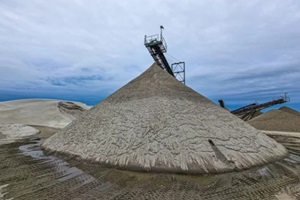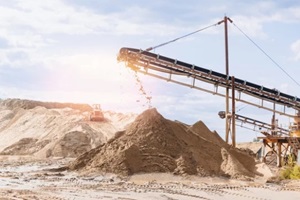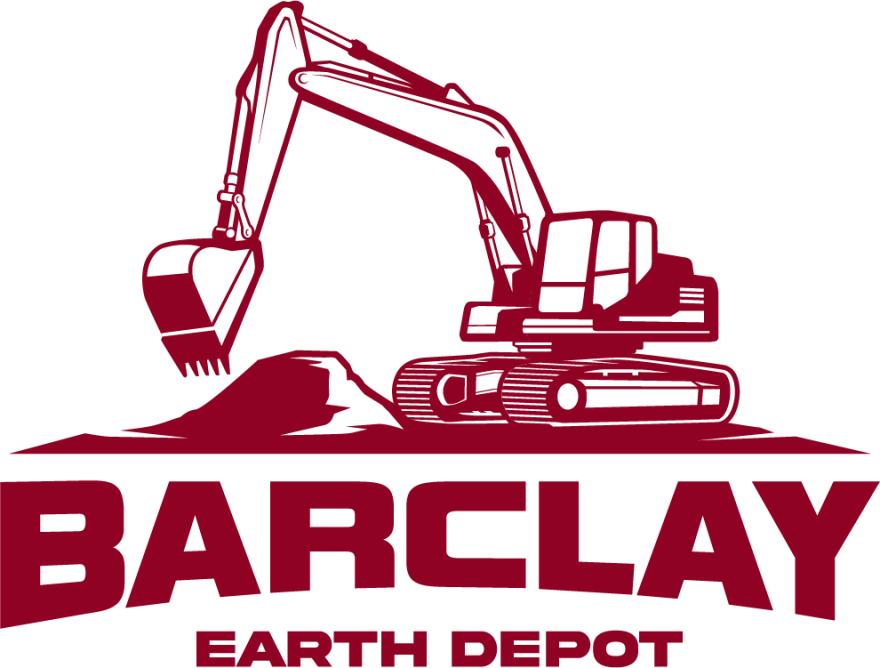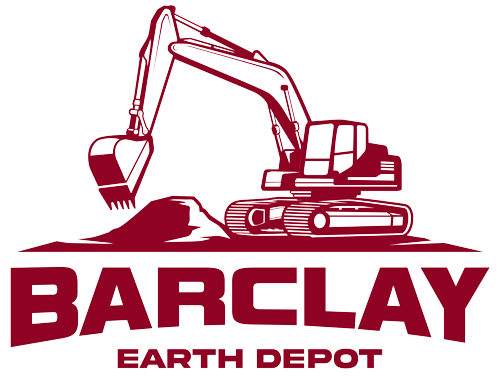 Punta Gorda is a vibrant Florida Gulf Coast community known for its natural beauty, historic downtown, and scenic waterfront along Charlotte Harbor.
Punta Gorda is a vibrant Florida Gulf Coast community known for its natural beauty, historic downtown, and scenic waterfront along Charlotte Harbor.
As the city continues to grow in population and development, implementing sustainable practices is essential for preserving quality of life for residents while also attracting visitors and businesses.
Sand mining plays an integral yet often overlooked role in supporting construction and infrastructure projects necessary for community growth.
However, traditional construction sand mining methods can negatively impact delicate ecosystems if not conducted responsibly.
By adopting sustainable techniques, local sand mining operations can extract this important construction material while also enhancing environmental protection efforts and providing jobs.
Find out why responsible sand mining is important, who is weighing in and overseeing, and where to get sustainably sourced sand for your projects.
Sustainable Sand Mining Practices
To reduce negative environmental impacts, the construction industry responsible for sand mining must use the right techniques. Best practices focus on restoration, conservation, community involvement, and regulatory compliance:
Reclamation and Restoration
Prior to mining, companies develop detailed plans identifying habitats to avoid and outlining progressive reclamation steps. Sensitive wetlands and waterways are protected through extensive buffer zones and berms to eliminate disturbance keeping land clearing to a minimum and maintaining the preservation of mature trees where possible.
During mining, operations occur in staged segments. Once areas are exhausted, earthmoving equipment reshapes the land, re-establishing natural drainage contours and subsurface aquifer recharge flows.
Native grasses and vegetation get planted to assist with erosion control and encourage restoration of diverse flora, and over time, the area blends back into the natural landscape.
Minimizing Waste
Advanced processing equipment such as log washers, hydrocyclones, wet scrubbers, and vibratory screeners separate construction sand while diverting concrete, landscape, and other specialty sands for the market.
The minimal unusable fines that remain get stockpiled onsite. Later, they serve as structural fill during reclamation to achieve desired elevation grades and drainage patterns as per the restoration plan.
This approach maximizes resource utilization for all materials extracted; it also eliminates waste by ensuring all materials are used productively instead of ending up in a landfill. Using recycled wash water and keeping dust down with sprinkler trucks further minimizes water consumption and reduces waste.
Regulation and Oversight
Prior to new mining permits getting approved, public meetings allow commentary during the rigorous review process that assesses environmental impacts and proposed mitigation plans.
 Sites must perform extensive pre-disturbance biological assessments and delineate wetland boundaries verified by water management district scientists.
Sites must perform extensive pre-disturbance biological assessments and delineate wetland boundaries verified by water management district scientists.
Throughout operations, county inspectors show up unannounced to audit practices regarding dust control, hazardous materials handling, stormwater management, wildlife protection, and more to ensure adherence to ordinances and approved plans.
Water management authorities also monitor groundwater table drawdown using observation well data submitted by the operators. Violations result in steep fines, with egregious offenses leading to revocation of mining permits entirely.
Environmental Benefits
When conscientiously undertaken, local sand extraction can actually boost habitat protection and water conservation efforts as outlined below.
Protection of Ecosystems
Meticulous pre-disturbance surveys assess flora and fauna, delineating habitats to avoid. Sensitive zones get demarcated by barrier fencing and designated as conservation set-asides.
Berms are placed to surround operations, containing noise and activity and culverts allow for existing drainage patterns. Biodiversity is enhanced by implementing progressive reclamation, mature tree preservation, and reforestation.
Water Conservation
Mines utilize stormwater management plans incorporating drainage contours, sediment traps, and monitoring wells to facilitate groundwater recharge while preventing turbidity and contamination of aquifers or adjacent streams.
Through the use of staff gauges and arrays of piezometers, water table levels are tracked ensuring limited drawdown. Suppression equipment minimizes airborne dust contamination that can threaten fragile wetlands.
Coastal Erosion Prevention
In nearshore sand mining, trailing suction hopper dredges equipped with overflow screening technology are used, eliminating excess turbidity during the extraction of seabed material.
Offshore operational zones get rotated, allowing adjoining beaches to be rebuilt and nourished by currents that redistribute the sediments.
Socio-Economic Benefits
Besides the environmental aspects, responsible sand mining also offers a host of community and economic advantages including:
Job Creation and Economic Growth
In rural counties, local mines create sorely needed full-time employment and support jobs in trucking, machine maintenance, and environmental remediation; these are jobs that cannot be exported.
The tax revenues generated by these operations help fund civic projects, while nearby businesses that serve mine employees also benefit from this economic multiplier effect.
Infrastructure Development
 Concrete and asphalt manufactured with local sand are used in the construction of roads, bridges, airports, seaports schools, hospitals, and commercial buildings that serve the public good.
Concrete and asphalt manufactured with local sand are used in the construction of roads, bridges, airports, seaports schools, hospitals, and commercial buildings that serve the public good.
In other words, modern facilities could not exist without regionally sourced aggregates. Further supporting continued community development, sand products are also used in stormwater filtration, oyster habitat restoration projects, and more.
Source Quality Sustainable Construction Sand from Barclay Earth Depot
Responsible sand mining supports the continued development of communities by balancing environmental stewardship, economic growth, and social well-being, which are key pillars of sustainable development.
By conscientiously assessing potential site impacts, investing in efficient equipment, and following best practices to preserve precious ecosystem elements, the construction industry can ensure that sand is extracted sustainably.
Barclay Earth Depot is leading the charge by mining construction sand locally using sustainable practices to build stronger, greener communities. Contact us today at 941-841-1681 or online for top-quality construction sand that has been mined using sustainable practices.

